What is a bog, and how on earth do you hike across one?
We consult a mountain guide on how to hike safely and successfully in boggy conditions
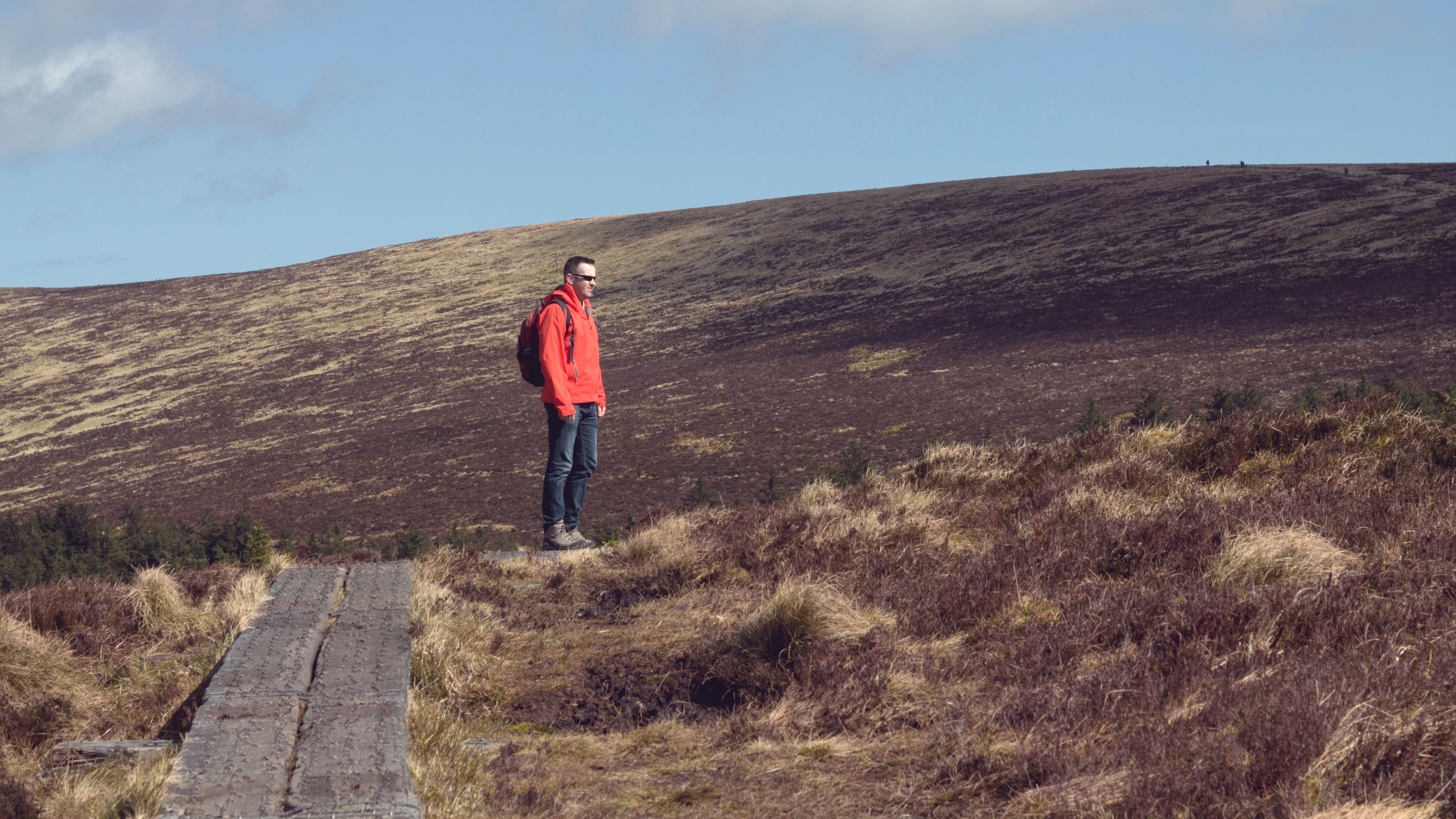
North America might be home to plenty of bogs, but there’s no great reason for you to hike across one. Why would you, after all, when you have the Rocky Mountains at your disposal? But if you’re planning a trip to the UK, or live there and are hoping to ramble across the moors in the Lake District or hike the rugged Highlands, you’re going to have to be prepared for a whole different approach to walking.
To help prepare you for hiking across boggy terrain, we spoke to Mike Pescod of Abacus Mountain Guides in Fort William, Scotland. With over 25 years of experience guiding people across challenging terrain including bogs, we figured he’d know best how we can tackle these tricky trails without sinking in up to our armpits. Read on to find out more about how bogs are formed, why they’re important and what you need to know to cross one safely and successfully.
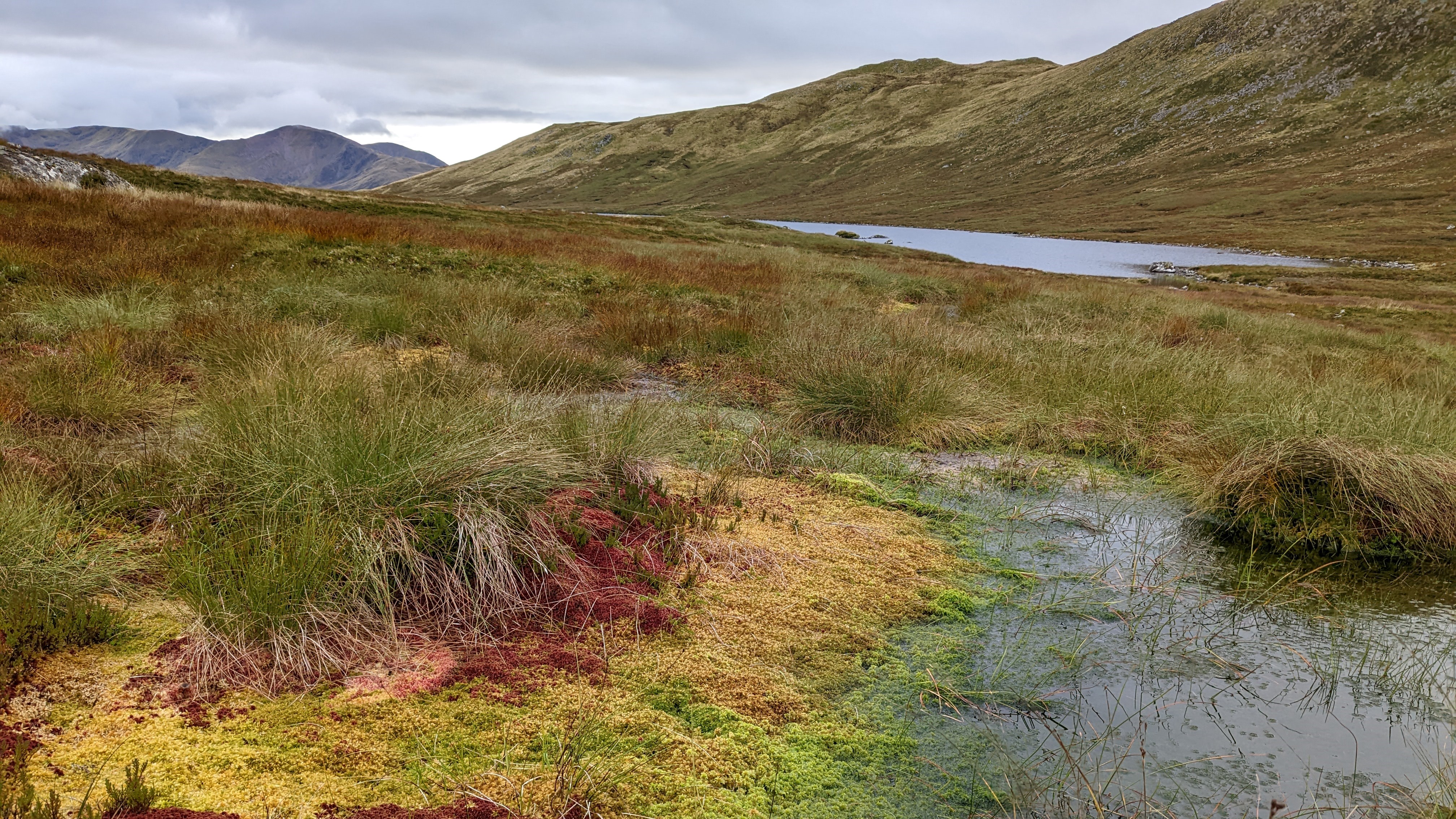
What is a bog?
So what are these swaths of squelchy land – soil or stream? Well, a little bit of both, it seems. National Geographic defines a bog, or peatland, as a type of freshwater wetland consisting of soft, spongy ground formed by partially decayed plant matter called peat. Bogs take centuries or even millennia to develop and are generally found in cool, northern climates where they often appear in poorly draining lake basins which slowly fill with plant debris.
There are several different types of bogs, including:
- Blanket bogs which occur in rainy highland areas.
- Cataract bogs which feature a permanent stream.
- Quaking bogs which develop over the surface of a lake or stream and bounce when you walk on them.
- Raised bogs which are dome-shaped due to more plant matter in the center.
- String bogs which feature islands in saturated areas.
- Valley bogs which develop in shallow valleys.
The world’s largest bog can be found in Siberia, while peatlands make up some 12% of the UK’s land. As a hiker, a bog can look like a marshland that often has little tussocks – mounds of grass that are thicker or longer than the grass growing around it – interspersed through it. Bogs can seem irritating when you’re trying to enjoy a hike, but they are enormously important to our ecosystem – they store huge amounts of water to help prevent flooding, and they remove carbon dioxide from the atmosphere and store it.
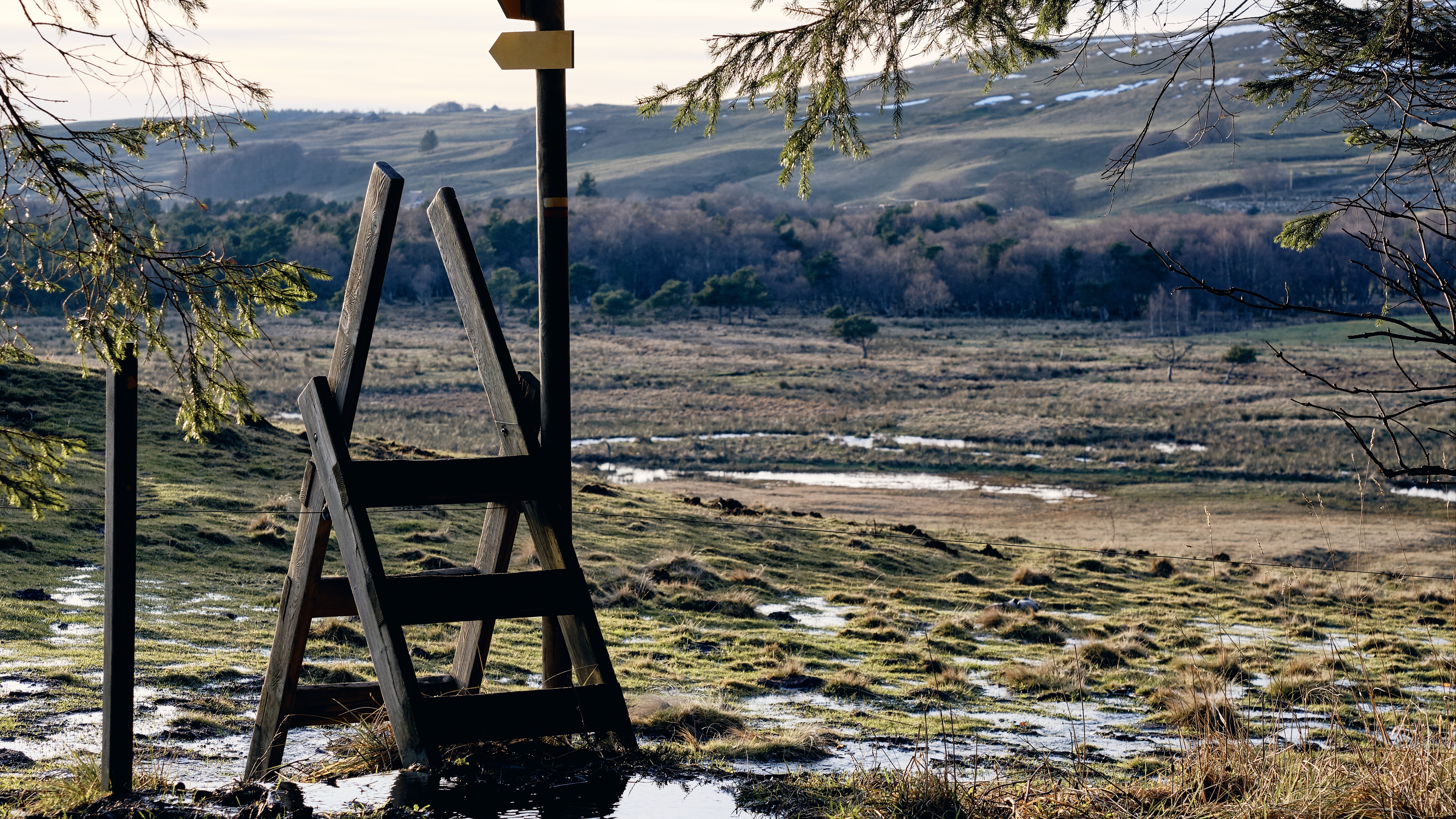
How to hike in boggy conditions: waterproof your feet
Even if you’ve never tried walking across a bog, you can likely imagine how treacherous they can be. This will come as no surprise, but the first thing you need to prepare for is getting wet feet.
“In itself this is uncomfortable but might also lead to more blisters, cold feet, and wrinkling of the skin. Walking for a long time with wrinkled skin becomes quite sore and also leads to more blistering,” explains Pescod, who suggests investing in a pair of waterproof hiking boots as well as waterproof socks for when your boots start to let in some water.
Advnture Newsletter
All the latest inspiration, tips and guides to help you plan your next Advnture!
In fact, in seriously boggy conditions, Pescod says he doesn’t actually use hiking boots at all but often relies on a pair of wellington boots – you know, those slip-on rubber boots that British people wear, which prize functionality over style?
“I find I can walk all day in them comfortably, and keep my feet completely dry. With my wellingtons, I don't have to try to stay on the dry bits, so I find walking in them more efficient than in my regular trekking boots because I can just walk right through the wet bits.”
Pescod is a fan of his Cofra Thermic Safety Wellingtons, and our guide to the best wellington boots contains several models meant for rugged adventures. If you’re considering this option, Pescod does have a word of warning for anyone new to the fine art of walking in wellies:
“Anyone thinking of using these boots should try them out a few times before they commit to longer walks because they can be quite sore to walk in if they do not fit well.”
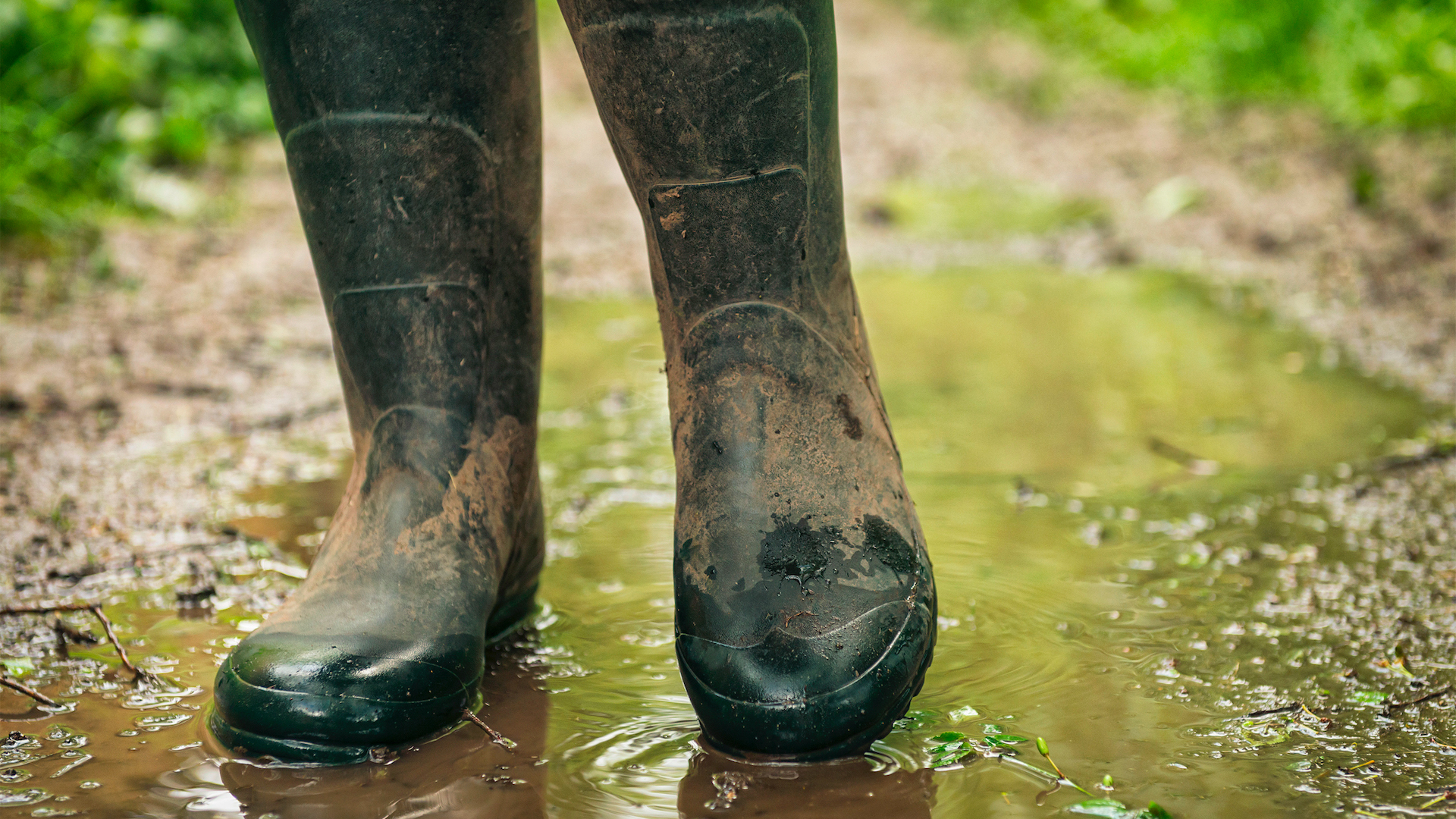
How to hike in boggy conditions: walk mindfully
Once you’ve waterproofed your feet, there’s the added challenge of crossing spongy, saturated land which is tiring and requires a vastly different approach to walking on dry land or even rocky terrain.
“Walking across boggy ground demands more effort, so drains your energy faster. Stepping and jumping across wet bits and balancing between tussocks of drier ground demand more effort and skillful walking than striding along a solid path or firm dry ground,” says Pescod. “In descent especially, there is quite a good chance of slipping over and falling to the ground. Often this is met with a soft (albeit wet) landing!”
To help you navigate this obstacle course, he recommends focusing on your balance, with what he terms skilful walking – after all, it is occasionally possible to find a hole in the bog that you can sink into up to your waist or armpits – and walking with trekking poles even if you usually don’t.
“Not only can they assist you as you balance between tussocks, but they can be used as prodders to assess the ground in front of you before you commit to standing on it.”
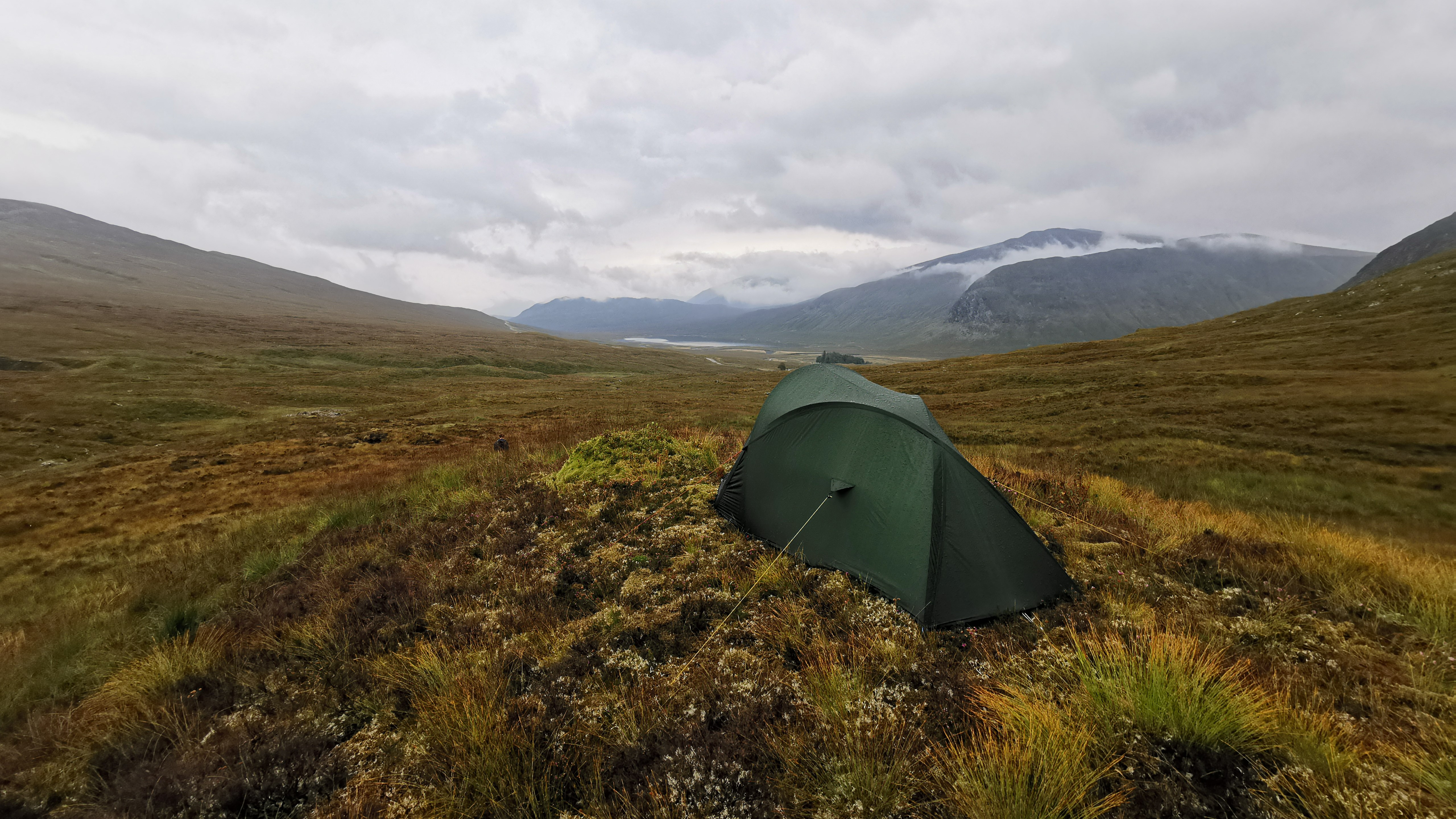
How to hike in boggy conditions: know your plants
In addition to gear, a little education can also go a long way in choosing your route, according to Pescod, who advises you to learn a little botany before heading for the hills so you know where to step and what areas to avoid. For a quick beginner’s guide, he offers the following tips:
- Sphagnum moss is very often an indicator of wet ground and comes in a variety of colors from red and purple to dark green and vibrant light green. The light green sphagnum loves the wettest ground so don't stand on it! The red sphagnum moss likes slightly drier ground and might be OK to stand on.
- Woolly fringe moss always grows on dry areas, often on solid rocks.
- Bog cotton likes very wet ground and is often found with sphagnum moss – it grows with beautiful wisps of cotton that act as little flags saying 'don't walk here'.
- Deer grass and purple moor grass grow in tussocks that offer a more solid platform to stand on, so learn to spot these as helpful 'stepping stones'.
- Heather and bracken also like dry ground, so look out for these and walk through them to stay away from the bogs.
If you’re keen to know more, check out Pescod’s guide to marvelous moss.
Julia Clarke is a staff writer for Advnture.com and the author of the book Restorative Yoga for Beginners. She loves to explore mountains on foot, bike, skis and belay and then recover on the the yoga mat. Julia graduated with a degree in journalism in 2004 and spent eight years working as a radio presenter in Kansas City, Vermont, Boston and New York City before discovering the joys of the Rocky Mountains. She then detoured west to Colorado and enjoyed 11 years teaching yoga in Vail before returning to her hometown of Glasgow, Scotland in 2020 to focus on family and writing.

